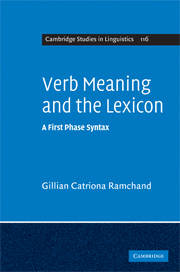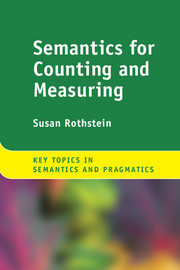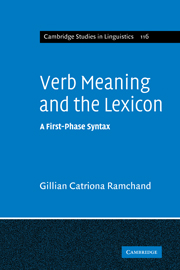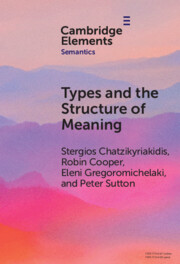Grammatical Semantics
The exploration of meaning in human languages has traditionally focused on the relation between linguistic forms and what they refer to in the world. Most approaches to formal semantics have been driven by this preoccupation. Recent years, however, have seen the growth of a parallel preoccupation, that of exploring the relation between patterns of meaning and grammatical structure, leading to the search for a restricted subset of meanings that interact with the grammatical system of human languages. As part of this research program of 'grammatical semantics', this collection of papers addresses questions of what the atomic elements of grammatically relevant meanings should be, how they must be represented, and how these representations interact with representations of other dimensions of language structure. The papers converge on the idea that morpheme-internal and phrasal meanings are represented along a single dimension, distinct from syntactic representations. Among the phenomena described are alternations of aspectual classes of predicates, event modification and event elaboration, and presuppositions, and the languages include English, Malay, Malayalam, and Mandarin.
- The broad research program is concretized with specific assumptions on the representation of meanings
- One crucial assumption is that lexical (including morpheme-internal) and phrasal meanings are represented at a single level of representation
- Empirical evidence is brought to bear on these assumptions from a range of unrelated languages
Product details
July 2000Paperback
9781575862026
295 pages
229 × 152 × 17 mm
0.405kg
This item is not available from Cambridge University Press. Please contact University Of Chicago to purchase in your region.
Table of Contents
- 1. Introduction
- 2. On representations in grammatical semantics
- 3. On the representation of Event structure
- 4. Comments on Alsina
- 5. Explaining grammatical Polysemy
- 6. Representing the semantics of BA in Mandarin
- 7. Comments on Wong
- 8. Representing presuppositions
- 9. Comments on K. P. Mohanan and T. Mohanan.






